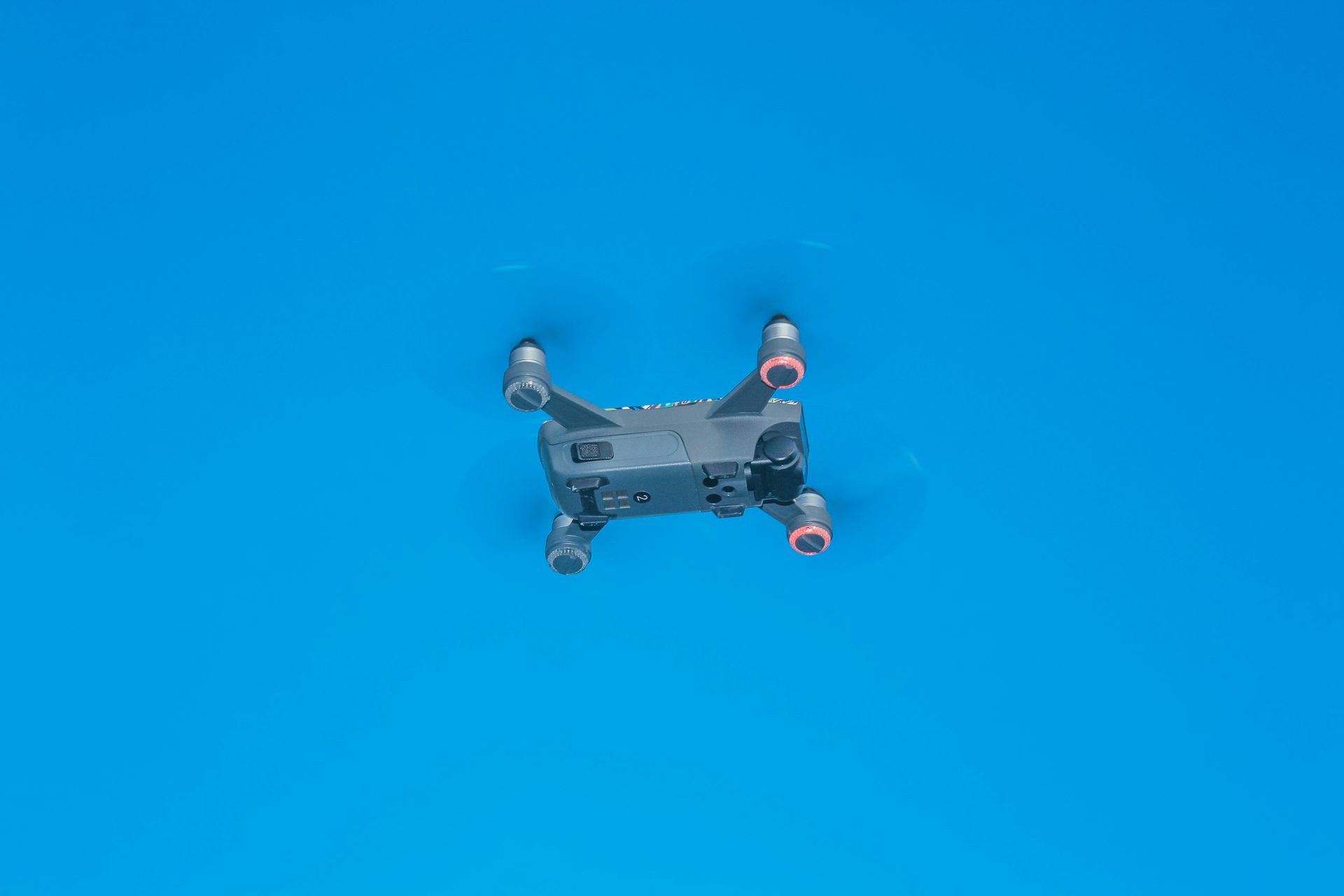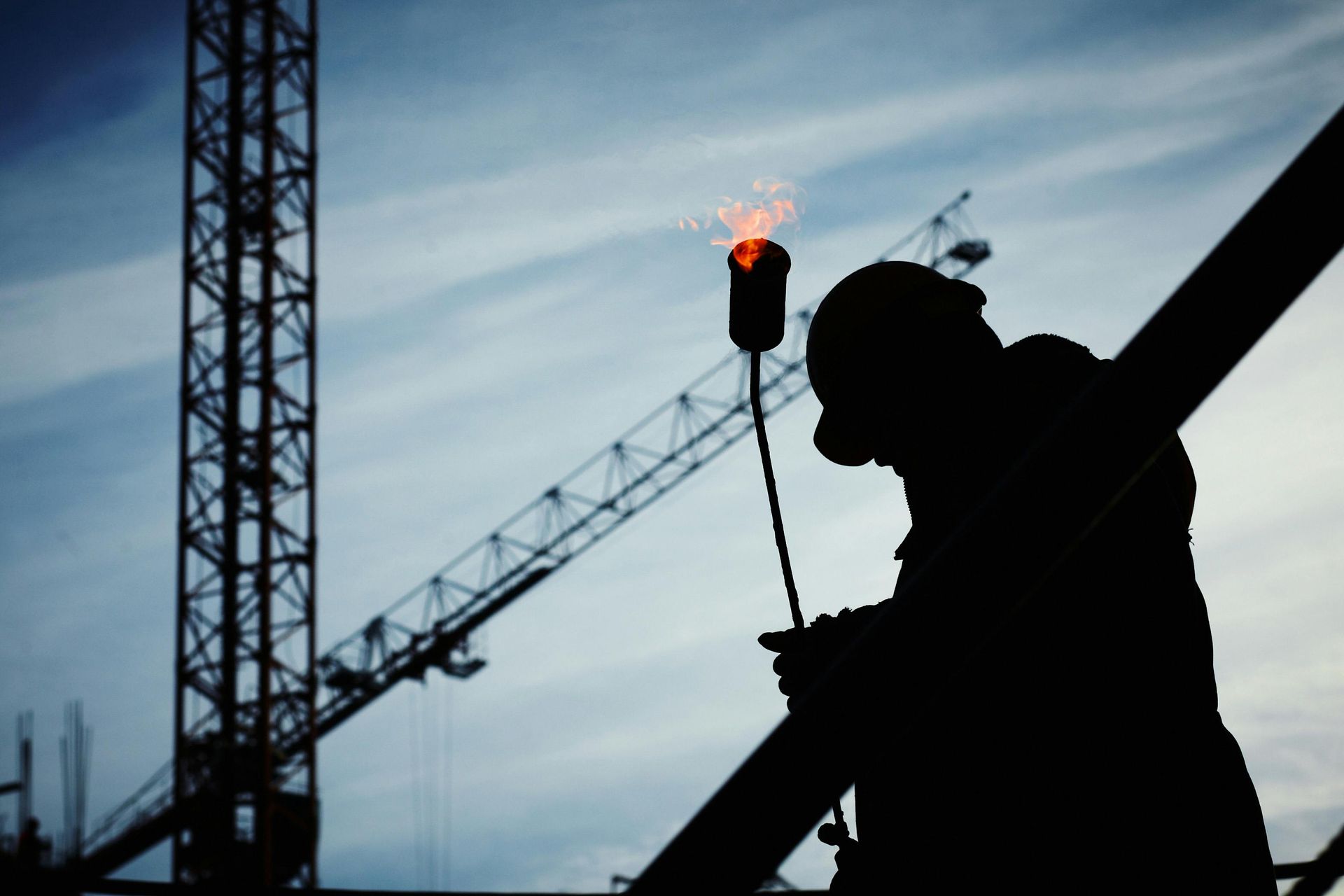The Rise of Drone Surveillance in Insurance: Benefits and Concerns
The insurance industry is known for its cautious approach to change. However, recent years have seen a surge in the
adoption of new technologies, and one of the most intriguing advancements is the use of drones. Insurance companies using drones are finding them particularly useful for property inspections, streamlining processes and potentially offering benefits to both policyholders and insurers. But alongside the potential advantages, concerns regarding privacy and data security have emerged. This blog delves into the world of drone surveillance in insurance, exploring its benefits, potential drawbacks, and the future of this technology in the industry.

Benefits of Drone Technology in Insurance
The rise of drones in insurance can be attributed to several key advantages they offer over traditional inspection methods:
Enhanced Speed and Efficiency:
Compared to traditional on-site inspections, drones can capture detailed images and video of a property in a fraction of the time. This significantly reduces inspection time, allowing for faster claim processing and quicker payouts to policyholders. For instance, after a natural disaster,
insurance companies for homes can leverage drones to assess widespread damage efficiently, enabling them to prioritize claims and expedite the recovery process.
Improved Safety for Adjusters:
Certain properties, like those with steep roofs, damaged structures, or surrounding hazardous conditions, can be dangerous to inspect in person. Drones eliminate the risk to adjusters by allowing for a safe and thorough inspection from a distance. This not only protects the well-being of adjusters but also ensures a smoother claims process for policyholders.
More Accurate Assessments:
Drones can capture high-resolution images from various angles, providing a more comprehensive view of the property compared to ground-level inspections. This detailed data allows for a more accurate assessment of damage, leading to fairer claim settlements for
drone insurance claims. For instance, following a roof storm damage claim, a drone inspection can provide a detailed and precise picture of the affected areas, ensuring a
proper damage estimate.
Reduced Costs:
The efficiency and safety benefits of drones can translate to lower costs for insurance companies. Faster inspections mean less time and manpower dedicated to the process, and the elimination of potential adjuster injuries leads to reduced healthcare expenses. These cost savings can potentially be passed on to policyholders in the form of lower premiums.
Concerns Regarding Drone Usage in Insurance
While the potential benefits of drone technology are significant, there are also valid concerns that need to be addressed:
Privacy Issues:
The use of drones for inspections raises
privacy concerns for homeowners.
Insurance companies homes should be transparent about how drone data is collected, stored, and used. Policyholders should be informed beforehand if a drone inspection is planned and have the right to opt-out if they are uncomfortable. Clear communication and established protocols are crucial to ensure trust between insurers and homeowners.
Data Security:
With the increasing reliance on digital data, there's a risk of cyberattacks compromising sensitive drone data captured during inspections.
Insurance companies using drones need to invest in robust cybersecurity measures to protect homeowner information. This includes implementing strong encryption protocols, restricting access to data, and having a data breach response plan in place.
Regulations:
Drone usage is subject to evolving regulations set by federal and local authorities. These regulations can vary depending on the location and purpose of the drone flight. Insurance companies using drones need to stay updated on these regulations to ensure they are compliant. Operating drones in violation of regulations can lead to fines and other penalties.
Frequently Asked Questions
Is it legal for insurance companies to use drones?
The legality of drone use for insurance purposes depends on local and federal regulations. However, in most cases, it is legal with proper licensing and adherence to established airspace restrictions.
Can insurance adjusters use drones?
Yes, insurance adjusters can use drones for inspections as long as they are properly licensed and trained in safe drone operation according to Federal Aviation Administration (FAA) regulations.
What are drones used for in insurance?
Drones are primarily used in insurance for property inspections, particularly for homes and commercial buildings. They can be used to assess damage after natural disasters, inspect roofs, and evaluate potential risks associated with a property.
Does State Farm use drones?
State Farm is one of several major insurance companies that have begun piloting drone programs for property inspections. However, the use of drones for inspections may vary depending on the specific circumstances and local regulations. It's always best to check with your individual insurance provider to see if they utilize drone technology.
The Future of Drones in Insurance
As technology advances, drone capabilities will continue to improve, offering even greater benefits for both insurance companies and policyholders:
Advanced Data Capture:
Future drones may be equipped with additional sensors for capturing thermal images, 3D models of properties, and even identifying specific materials used in construction. This comprehensive data can further enhance damage assessments and risk evaluations.
Automated Inspections:
With the development of artificial intelligence (AI), drones could potentially conduct autonomous inspections in the future. AI-powered drones could analyze captured data in real-time, identifying potential issues and streamlining the claims process even further.
Improved Claims Experience:
The faster turnaround times facilitated by drones could lead to a more positive claims experience for policyholders. Imagine a scenario where a homeowner files a roof damage claim after a storm. A drone inspection could be conducted within hours, followed by a swift claims settlement, allowing the homeowner to begin repairs quickly.
Challenges and Roadblocks
Despite the promising outlook, there are still challenges that need to be addressed before drones become universally adopted in the insurance industry:
Public Perception:
Privacy concerns and a general unease with aerial surveillance remain hurdles to overcome. Building public trust through transparency and clear communication strategies will be essential.
Regulation and Legislation:
Evolving drone regulations can create uncertainty for insurance companies. Standardized regulations across different regions would be beneficial for wider adoption.
Battery Life and Weather Limitations:
Current drone technology is limited by battery life and weather conditions. Advancements in battery technology and weatherproofing will be crucial for more widespread drone usage.
Conclusion
The use of drones in insurance represents a significant shift towards a more efficient and potentially cost-effective claims process. While concerns regarding privacy and data security are valid, the industry can address them through clear communication and robust cybersecurity measures. As technology advances and regulations adapt, drones have the potential to become a commonplace tool in the insurance industry, ultimately benefiting both insurers and policyholders.
Finding the Right Insurance Coverage
Whether your home requires a traditional inspection or a cutting-edge drone flyover, having the right insurance coverage is essential.
RVIS Insurance Agency, a family-owned Bay Area business with over 30 years of experience, can help you find the perfect homeowners insurance policy for your needs. Our experienced agents can explain the different inspection methods used by insurance companies and answer any questions you may have about drones and privacy.
Contact Us
We will get back to you as soon as possible.
Please try again later.
2470 Berryessa Rd, Suite #B, San Jose, CA 95133
| RVIS Insurance Agency | All Rights Reserved




